Participants
Organisations
Administering Organisation
Macquarie University (MQ)
Collaborating Organisations
Curtin University (CU)
University of Western Australia (UWA)
Partners
Australian Partner
Geological Survey of Western Australia (GSWA)
Dr Ian Tyler - CCFS Leader GSWA
International Partners
CNRS and Université de Montpellier, France
Institute of Geology and Geophysics, Chinese Academy of Sciences, Beijing, China
University of Maryland, USA
University of Saskatchewan, Canada
Bayreuth University, Germany
Chief Investigators
Dr Elena Belousova - MQ
Associate Professor Simon Clark - MQ
Associate Professor Marco Fiorentini, Node Leader - UWA
Professor Stephen Foley, Research Coordinator - MQ
Professor William Griffin - MQ
Professor Matt Kilburn - UWA
Professor Zheng-Xiang Li - CU
Associate Professor Alexander Nemchin - CU
Associate Professor Craig O'Neill - MQ
Professor Suzanne Y. O'Reilly, Director - MQ
Associate Professor Norman Pearson - MQ until July 2017
Professor Martin Van Kranendonk - University of NSW
Professor Simon Wilde, Node Leader - CU
Associate Professor Yingjie Yang - MQ
Partner Investigators
Australian Partner Investigator
Dr Klaus Gessner - Geological Survey of Western Australia
Professor T. Campbell McCuaig, - BHP Billiton
International Lead Partner Investigators
Professor Michael Brown - Maryland
Dr David Mainprice - Montpellier
Professor Catherine McCammon - Bayreuth
Professor Fuyuan Wu - CAS Beijing
Associate Investigators
Associate Professor Juan Carlos Afonso - MQ
Dr Olivier Alard - MQ
Associate Professor Nathan Daczko - MQ
Professor Simon George - MQ
Dr Richard Glen - MQ Adjunct Professor
Dr Masahiko Honda - Australian National University
Professor Dorrit Jacob – MQ
Associate Professor Mary-Alix Kaczmarek – University Paul Sabatier Toulouse III
Associate Professor Chris Kirkland - CU
Professor Jochen Kolb - Geological Survey of Denmark and Greenland
Dr Yongjun Lu - UWA
Professor Louis-Noel Moresi - University of Melbourne
Associate Professor Sandra Piazolo - MQ
Professor Steven Reddy - CU
Associate Professor Tracy Rushmer - MQ
Associate Professor Bruce Schaefer - MQ
Professor Paul Smith - MQ
Professor Simon Turner - MQ
Dr Michael Wingate - GSWA
Professor Shijie Zhong - University of Colorado, Boulder, USA
Early Career Researchers
Dr Raphael Baumgartner - UWA
Dr Montgarri Castillo-Oliver - MQ
Dr Denis Fougerouse - CU
Dr Rongfeng Ge - CU
Dr Andrea Giuliani - DECRA - MQ at UM
Dr Christopher Gonzalez - UWA
Dr Johannes Hammerli - UWA
Dr Heejin Jeon - CMCA, UWA
Dr Uwe Kirscher – CU
Dr Crystal LaFlamme - UWA
Dr Erwann Lebrun - UWA
Dr Yongjun Lu - GSWA
Dr Ross Mitchell - CU
Dr Rosanna Murphy - MQ
Dr Hugo Olierook - CU
Dr Beñat Oliveira Bravo - MQ
Dr Luis Parra-Avila - UWA
Dr Romain Tilhac - MQ
Dr Irina Tretiakova - UWA
Dr Qing Xiong - MQ
Dr Weihua Yao - CU
A full list of 2017 CCFS participants is given in Appendix 4 and kept current at Participants

NEW STAFF
Dr Kate Selway
Other new staff (featured in our ECR section)...
Dr Raphael Baumgartner - UWA
Dr Beñat Oliveira Bravo - MQ
Dr Romain Tilhac - MQ
Dr Irina Tretiakova – UWA
CCFS FUTURE FELLOWS
The application for the CoE CCFS foreshadowed that such a Centre of Excellence would become an attractor for rising stars and research leaders in relevant disciplines and fields of interest. The success of CCFS participants in the ARC Future Fellow rounds emphasises this role of our Centre in recruiting high-flyers at early to mid-career levels. Ten Future Fellows; Dr Elena Belousova, Associate Professor Marco Fiorentini, Dr Heather Handley, Professor Dorrit Jacob, Associate Professor Craig O’Neill, Professor Sandra Piazolo, Associate Professor Yingjie Yang, Dr Xuan-Ce Wang, Dr David Wacey and Dr Olivier Alard have completed or are working on projects relevant to CCFS goals. The CCFS Future Fellows all continue to make significant contributions to CCFS, either directly or as external collaborators and Associates. Those of this outstanding cohort who have completed their Fellowship, have now transitioned to permanent high-level positions and become international research leaders both nationally and abroad. Those in CCFS nodes now lead research programs, have initiated new strategic directions, some with new University Centres, springboarding from CCFS in new directions. Their profiles can be accessed from the “ Participants” section of our previous reports. The 11th CCFS Future Fellow, Dr Kate Selway, commenced her fellowship in 2017.
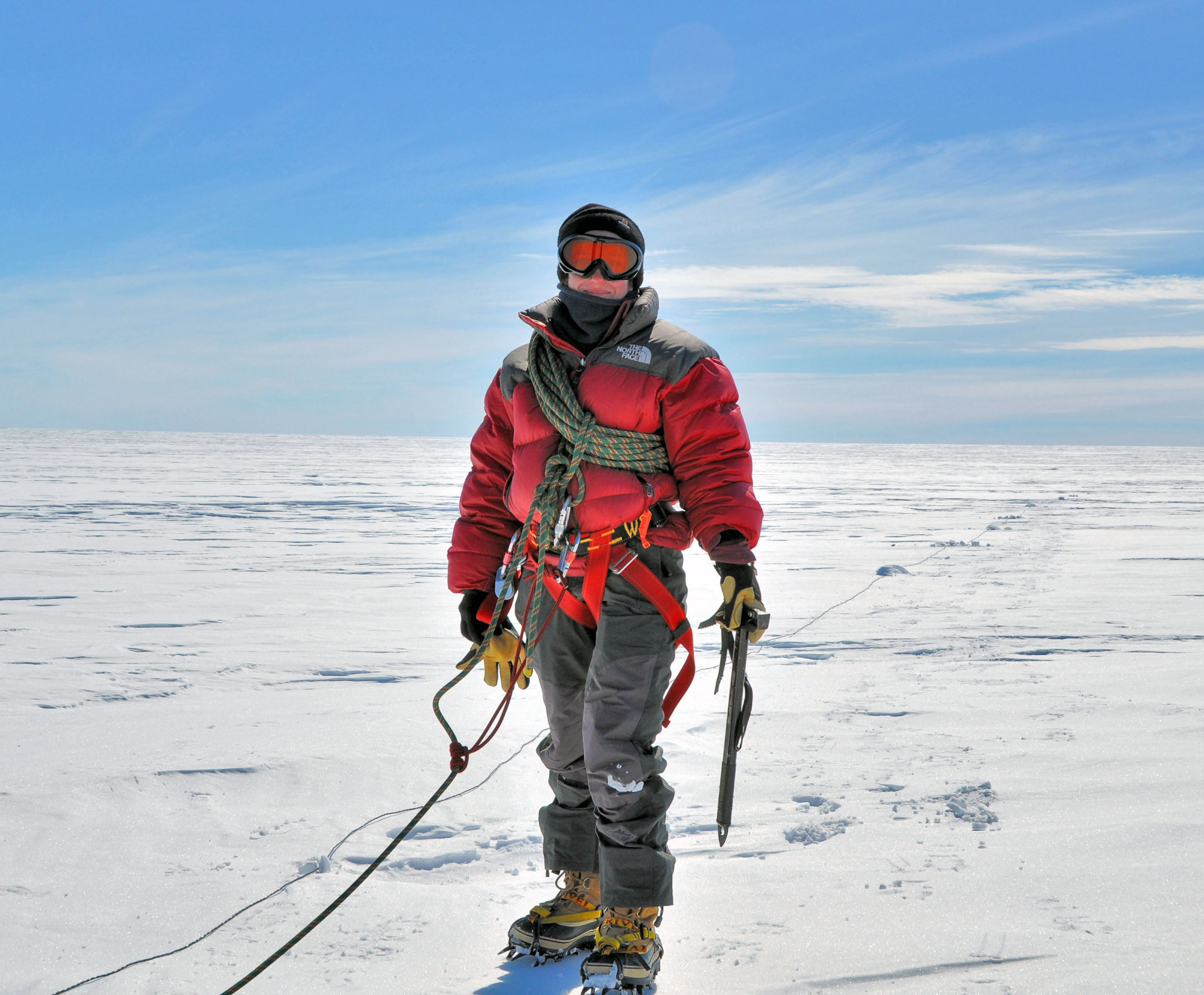
Dr Kate Selway is a geophysicist with a specialty in magnetotellurics (or MT). She is particularly interested in using MT to discover new properties of the Earth’s mantle. Kate completed her PhD at Adelaide University in 2007 and continued to work there in postdoctoral positions, including an ARC APD fellowship, until 2012. She then spent several years pursuing postdoctoral research abroad at Yale University, Lamont-Doherty Earth Observatory of Columbia University, and the Centre for Earth Evolution and Dynamics at the University of Oslo. Kate returned to Australia in early 2017 after being awarded a Future Fellowship at Macquarie University.
In her Future Fellowship, Kate aims to constrain the level of hydration of the lithospheric mantle. Mantle hydration is important because it is a strong control of viscosity and is, therefore, a major factor controlling continental evolution. Hydrated pathways are also likely to be formed during mantle fluid-flow events, including those that form significant mineral deposits. MT is unique in being able to image mantle hydration, and Kate aims to produce the first systematic study of hydration of the continental lithosphere from MT data. These results will be used to improve models of mantle viscosity, cratonic survival and ore deposit formation.
EARLY CAREER RESEARCHERS (ECR)
The second primary goal of CCFS (see Goals) concerns the recruitment, development and mentoring of Early Career Research (ECR) staff “for the development of the next generation of Australia’s geoscientists”. These CCFS ECRs have all achieved high positions, both nationally and abroad, and are having significant impact across many countries including Japan, Spain, Chile, USA, Europe and Asia. They are contributing in diverse areas that include: the nuclear science and environmental sector, CSIRO, Geological Surveys, international Research Centres, Government instrumentalities, the exploration industry and in consultancies in the private sector.
The following profiles present 2017 ECRs and summarise their expertise and research areas.
New 2017
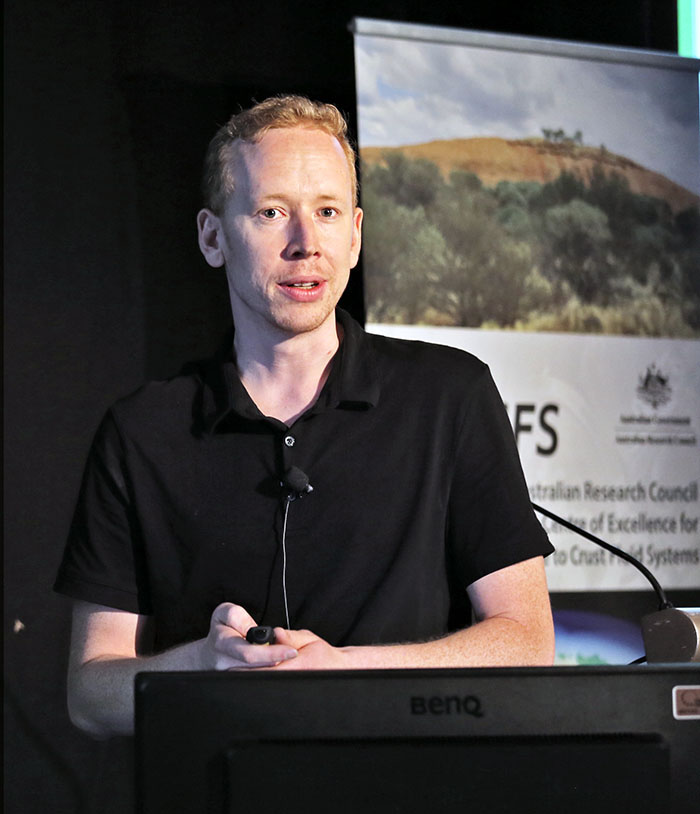
Dr Raphael Baumgartner received his MSc in Economic Geology from the University of Leoben (Austria). He joined CCFS/ CET at UWA in June 2013, as a PhD candidate, seeking to unravel the potential of martian igneous systems to host precious metal- enriched sulfide mineralisation. His work provided important insights into the behaviours of (highly) siderophile and chalcophile elements in martian mantle reservoirs and derived igneous systems through mineral-scale analytical experiments on sulfide and oxide phases from shergottite and chassignite meteorites - a rare group of meteorites that are thought to represent samples of the volcanic martian crust.
At the completion of his PhD, Raphael was employed as a Research Associate at CET. His research focuses on the 3.5 Ga old stromatolites at North Pole Dome, Dresser Formation, Pilbara (WA) and their link to hydrothermal fluids. He is examining whether such fluids have delivered transition metals such as Zn, Mo and Ni, known to be key ingredients for bacterial metabolism and thus likely catalysts for the origin of life on Earth. For this research, Raphael aims at the micron- to nano-scale textural examination and trace metal characterisation of associated Fe- and Zn-sulfide laminate using systematic in situ multiple sulfur-isotope analyses to unveil the potential microbial component of sulfide precipitation. Raphael’s research contributes to CCFS Flagship program 4. See Research highlight Sulfidised stromatolites from the Pilbara: A new benchmark for oldest life on Earth

Dr Beñat Oliveira completed his Bachelor and Master degrees in Civil Engineering at Universitat Politecnica de Catalunya. In February 2013, he joined CCFS-MG3 as a PhD student, where he developed an internally-consistent numerical platform for multiphase reactive transport modelling. The numerical model is based on two main ingredients: 1) a general and scalable multi-phase approach, coupled with 2) a sound chemical thermodynamic framework for the reactive and chemical transport phenomena. He continues with his research as a Research Associate in CCFS. In his current role, he has expanded his code to quantitatively assess the origin and evolution of transcrustal magmatic systems, including both disequilibrium trace-element and isotopic modelling. In April 2018, he received his PhD from Macquarie University. This research contributes to CCFS Flagship Program 3. See Research highlight Pyroxenite layering in the upper mantle and how to find it.

Dr Romain Tilhac completed his BSc and MSc in Earth and Planetary Sciences at Paul Sabatier University in Toulouse, France. He joined CCFS in 2013 as a cotutelle PhD student between Macquarie University and Paul Sabatier University. Romain’s thesis focused on the petrology, geochemistry and isotope geochemistry (Sr, Nd, Hf and Os) of arc-related mantle pyroxenites exposed in the Cabo Ortegal Complex, Spain. After graduating from both universities in 2016 and 2017, he took up a Research Associate position in CCFS at Macquarie University. His current research relates to the compositional evolution of the Earth’s mantle and the genesis of mantle-derived magmas, and associated tectonics and geodynamics. He uses petrology, in situ and solution geochemistry and geochronology of mafic and ultramafic terranes to understand the sources and differentiation processes of arc magmatism with the aim to better understand elemental mobility and isotopic fractionation associated with pyroxenite petrogenesis and the role of fluid- melt-rock interaction in subduction zones. This research contributes to CCFS Flagship Program 1 (TARDIS II).
Romain also works in collaboration with Beñat Oliveira on the numerical modelling of reactive transport associated with melt generation, migration and differentiation, melt-rock interaction and metamorphic reactions as part of the Flagship Program 3.
In October 2017, he became the manager of the TerraneChron® team at CCFS. TerraneChron® integrates in situ analysis of U-Pb ages, Hf-isotopes, and trace-element concentrations of zircons and fosters collaboration with industry and geological survey partners. See Research highlights pp. Distinctive aberrant geochemical fingerprints for Ancient SCLM in collision zones and Pyroxenite layering in the upper mantle and how to find it
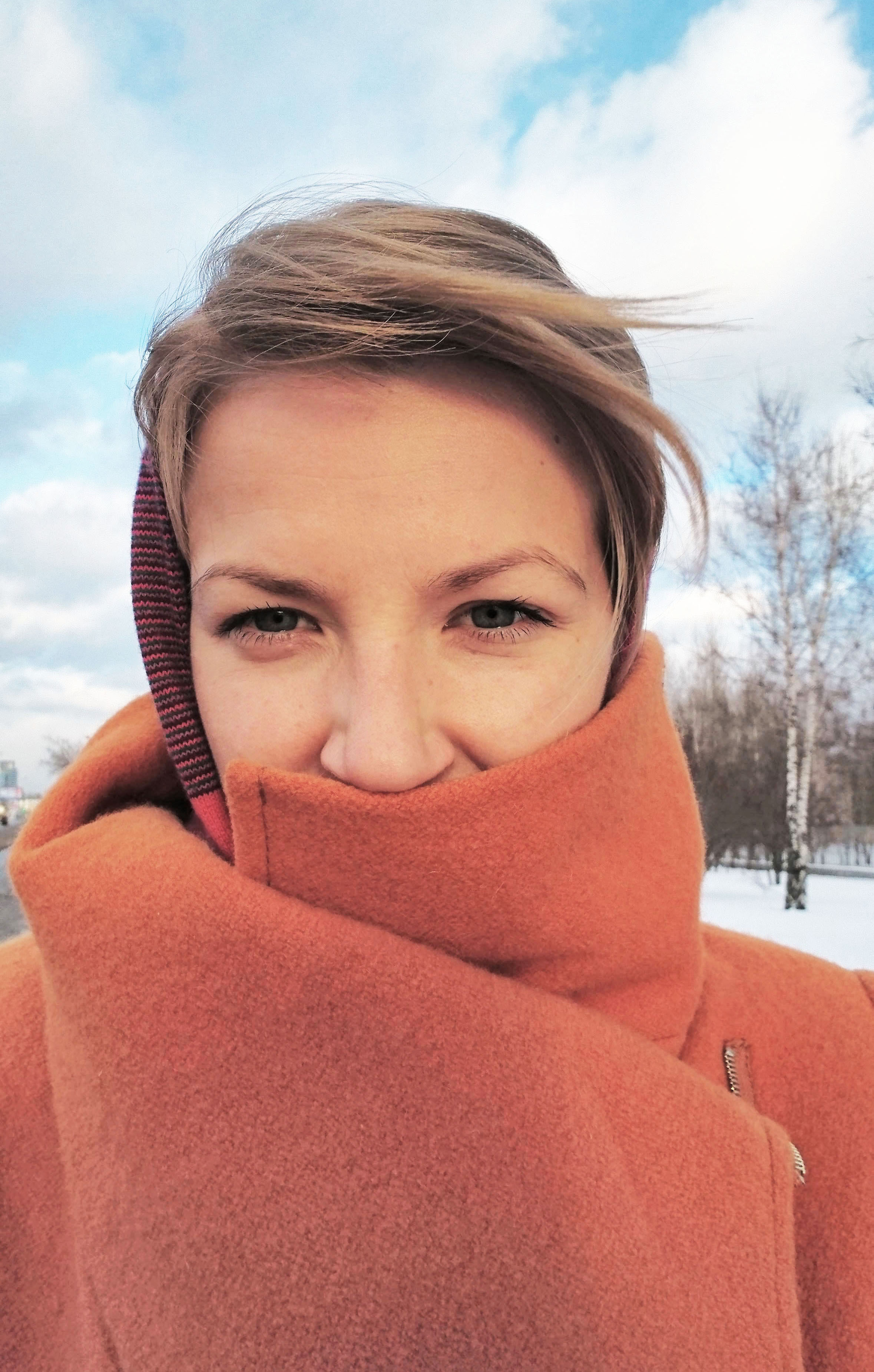
Dr Irina Tretiakova completed her Bachelor and Master degrees in Geology at Novosibirsk State University in Russia. In April 2013, she joined CCFS to undertake a PhD project focused on studying the age, nature and evolution of the subcontinental lithospheric mantle and the lower crust under the Siberian Craton. Irina based her thesis on geochemical and isotopic analyses of various minerals from kimberlitic pipes of the Siberian diamond-bearing province. After submitting the thesis in October 2016 she joined CET, WA to continue the Siberian mantle study using advanced analytical technologies available in the CMCA. Irina focused on tiny sulfide inclusions in silicate minerals which record the age and composition of the mantle.
In December 2017 Irina moved back to Russia to take up the position of Deputy head of Department in the Central Research Institution of Geological Prospecting for Base and Precious Metals (TsNIGRI), Moscow. Currently, she is working on the genetic models of Ni-Cu and platinum-group element deposits. One of her primary goals is the application of new scientific approaches to geological prospecting and exploration.
Continuing
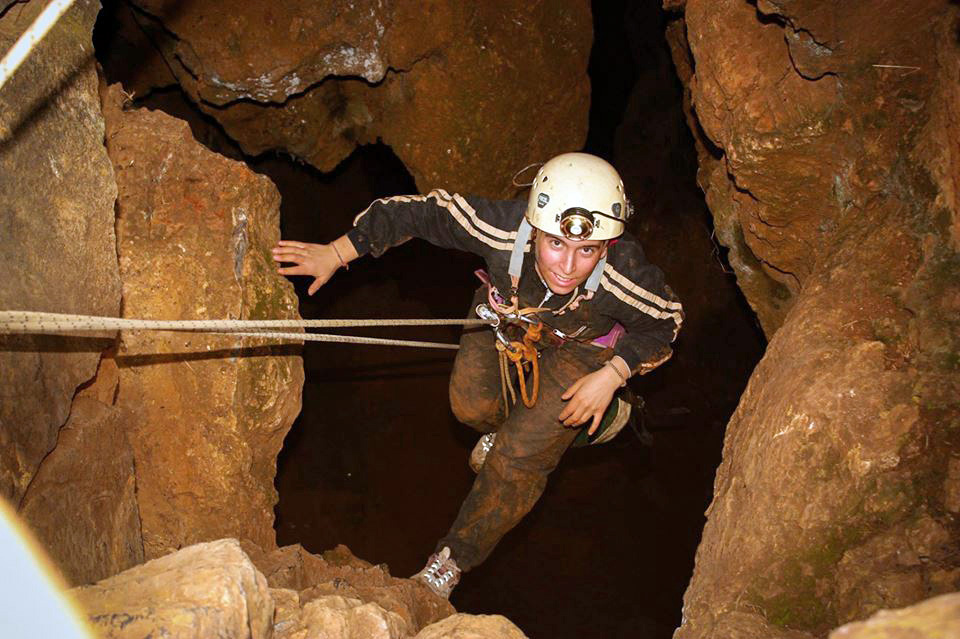
Dr Montgarri Castillo-Oliver completed her Bachelor and Master degrees in Geology at Universitat de Barcelona. In November 2014, she joined CCFS as a cotutelle PhD student, carrying out her research both at Universitat de Barcelona and Macquarie University. Montgarri’s thesis focused on the characterisation of the structure and metasomatic evolution of the subcontinental lithospheric mantle in NE Angola, based on the study of mantle xenoliths and their host kimberlites.
In September 2016, she officially graduated with a PhD from both universities. Her current role as Research Associate in CCFS involves the textural, compositional and isotopic (C, O and Sr) characterisation of kimberlitic carbonates, using in situ techniques [(MC-)LA-ICPMS and SIMS]. Primary carbonates in hypabyssal kimberlites are considered CO2 traps; therefore, their study provides new insights into the isotopic composition of the parental kimberlite melt. The integrated approach of her research also aims to discriminate the different processes that led to carbonate formation in kimberlites (i.e., magmatic crystallisation, deuteric crystallisation, degassing, weathering, etc.). Montgarri also aims to enlarge the current understanding of the deep Earth’s carbon cycle in cratonic roots by studying the C isotope variation of the deep mantle with space and time. This research contributes to CCFS Flagship Program 1.

Dr Denis Fougerouse completed his BSc at the university of Saint-Etienne (France). His MSc, at the University of Nancy (France), focused on the timing of mineralisation events in the West Africa Craton using Re-Os dating. In 2012, Denis commenced his PhD at the University of Western Australia in the Centre for Exploration Targeting (CET). Completed in 2015, his PhD focused on the mineralisation processes occurring in the giant Obuasi gold deposit. Denis is currently a Postdoctoral Research Associate at Curtin University in the Geoscience Atom Probe group. He has worked on developing the geological applications of atom probe microscopy to a wide range of minerals including zircon, monazite, titanite, plagioclase and sulfides. In particular, Denis is investigating the mobility of trace elements and their implications for geochemistry and geochronology. His research contributes to CCFS Flagship Program 2.
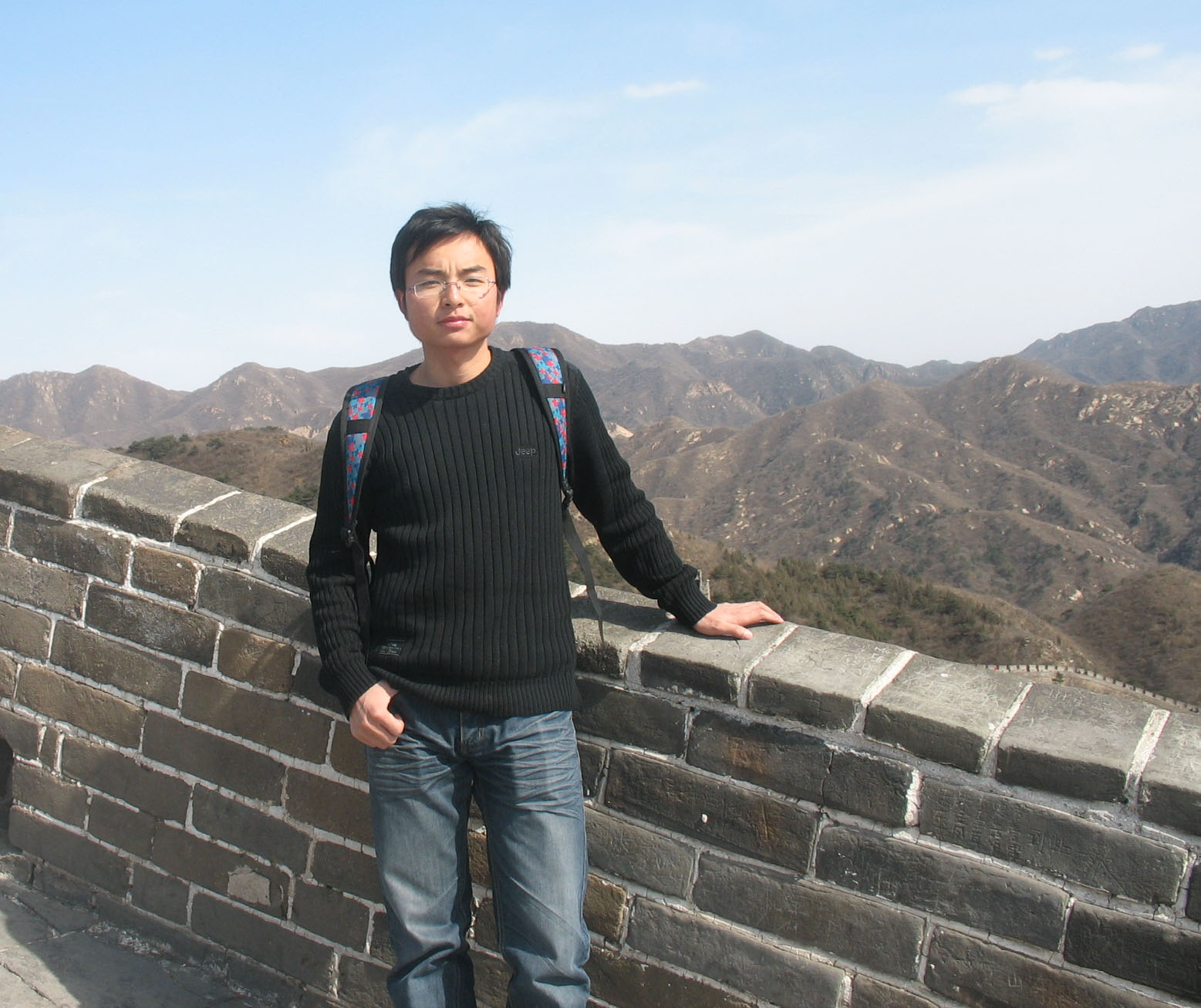
Dr Rongfeng Ge completed his undergraduate and MSc studies at Nanjing University (China) and joined CCFS in 2012 as a cotutelle PhD candidate. He received his PhD degrees from Nanjing University in December 2014 and from Curtin University in August 2015 and is now a Research Associate at Curtin University.
Rongfeng’s study interests include the origin and evolution of continental crust, the reconstruction of Precambrian supercontinents, and the tectonic evolution of orogenic belts. His primary focus is on the Tarim Craton, NW China, and the Central Asian Orogenic Belt. Through multiple laboratory techniques and field-based work, his study has revealed the oldest rocks and crustal components from the Tarim Craton, a Tarim - North China connection in the Columbia/Nuna supercontinent, and a long- lived subduction - accretionary orogenic system at the circum- Rodinia subduction zone.
Rongfeng’s current research focuses on the Hadean detrital zircons from Jack Hills. Using cutting-edge techniques, including ion imaging and the atom probe, Rongfeng will revisit the isotopic and elemental distributions and compositions of these ancient and complex zircon grains. This study will provide new insights into the origin of continental crust and the geodynamic setting in the early Earth. This research contributes to CCFS Flagship Program 6.

Dr Andrea Giuliani joined CCFS in June 2015 as an ARC DECRA (Discovery Early Career Research Award) Fellow. Andrea completed his PhD in mantle geochemistry at the University of Melbourne in 2013 where he then undertook a year of post- doctoral research in 2014 before becoming a lecturer in Igneous Petrology in January 2015. Andrea’s research focuses on the composition and sources of deep Earth fluids and melts - including kimberlites, which are the primary source of terrestrial diamonds. Kimberlites represent the deepest melts that reach the Earth’s surface and therefore provide a unique probe into the deepest realms of our planet.
At CCFS, Andrea is working closely with Professors Sue O’Reilly, Bill Griffin and Steve Foley to improve current understanding of the evolution of the Earth’s interior and the melting processes affecting it, with particular attention to the role of volatiles and recycled crustal and surface material that trigger deep melting events. His research contributes to CCFS Flagship Program 1. See Research highlight Southwestern Africa on the burner

Dr Christopher Gonzalez joined the CET and CCFS team, first as a PhD student in 2012, and now as a Research Associate. Chris graduated from the University of Minnesota – Twin Cities with Bachelor of Science degrees in Geology and Geophysics (2011). Chris undertook PhD studies at CET as part of an Arc Linkage project “Multiscale Dynamics of Ore Body Formation”. His research includes numerical modelling of geodynamic processes with a focus on H2O-CO2 fluids. Using a thermomechanical numerical modelling code (I2VIS), new (de) carbonation routines and carbonated lithologies were coded into I2VIS during his thesis to gain a better understanding of the two most abundant recycled volatiles on Earth (H2O and CO2).
As a Research Associate, he aims to apply this code to quantitatively assess metasomatism and melting processes ongoing during continental collision using the Ivrea–Verbano zone as a natural laboratory. Specifically, sulfur-rich carbonate bearing ‘pods’ have been observed, and are thought to be a direct consequence of slab derived carbonic fluids interacting with the mantle wedge. To examine this hypothesis, Chris will use his code to numerically constrain the sequence of events that led to the formation of the sulfur-rich carbonate pods. This research aligns with CCFS Flagship Program 2.

Dr Johannes Hammerli completed his MSc in Earth Sciences at the University of Bern, Switzerland, before moving to Townsville, Australia. He received his PhD from James Cook University in 2014, where he studied element mobility during metamorphism and the identification of hydrothermal fluids by microanalysis. In late 2014 Johannes joined CET on a Swiss National Science Foundation Fellowship. During this time he focused on studying crustal differentiation and evolution. In May 2016, Johannes joined the CCFS research group where he uses the microanalysis of accessory minerals, in particular apatite from magmatic systems, to unravel processes which lead to the fertile systems feeding ore deposits. His research contributes to CCFS Flagship Program 2.
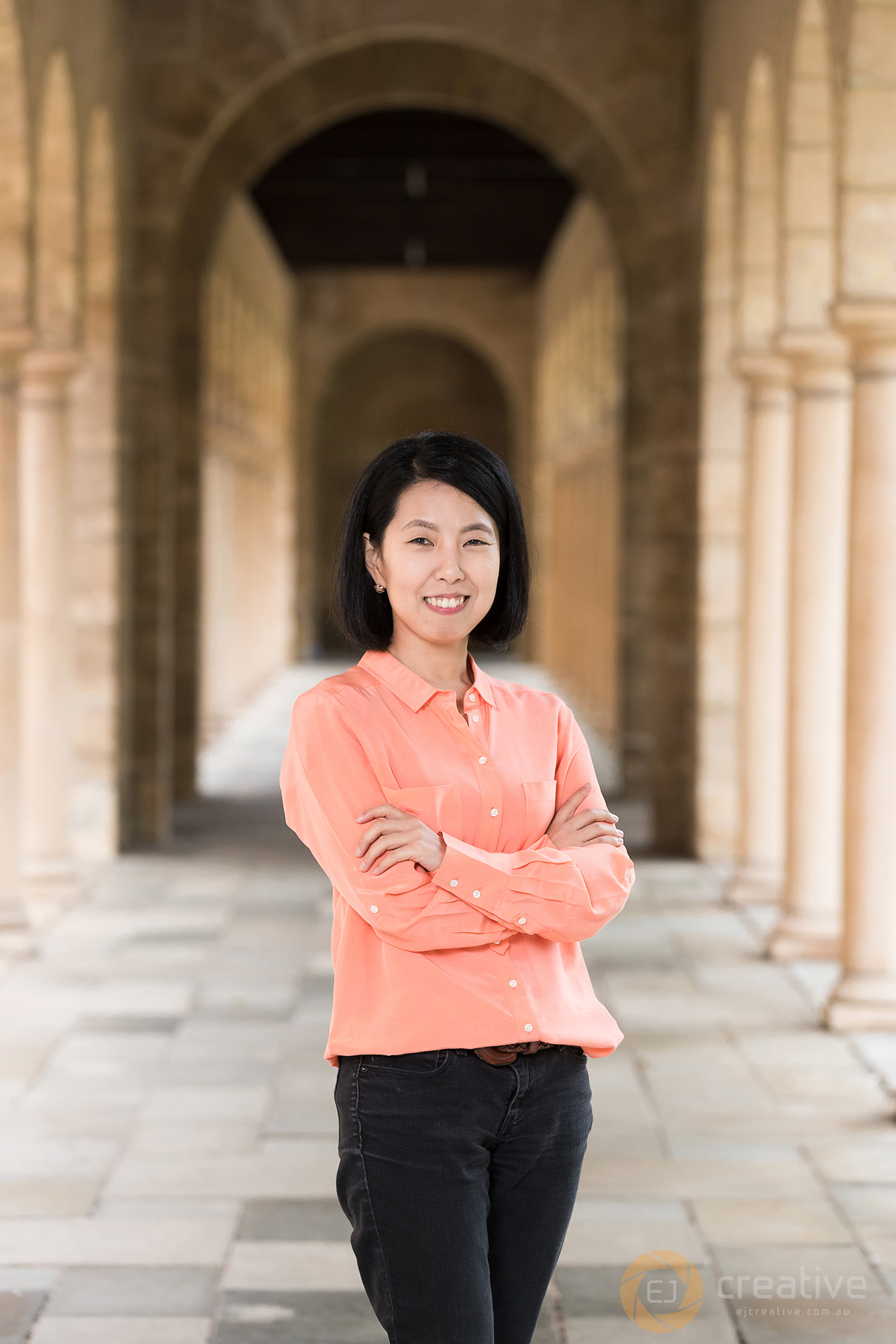
Dr Heejin Jeon received her Bachelor and Master degrees at the School of Earth and Environmental Sciences, Seoul National University. She was awarded a PhD at the Research School of Earth Sciences, Australian National University in 2012. Her PhD project focused on continental crust evolution and crustal recycling in southeastern Australia (Carboniferous-Permian granites across the Lachlan Fold Belt and New England Orogen). During her time at ANU, Heejin worked extensively on zircon for U-Th-Pb dating, O and Hf isotope measurements (SHRIMP II and LA-MC- ICPMS). She then had two years of postdoc experience in the NORDSIM ion probe lab, Swedish Museum of Natural History, where she expanded her ion probe expertise with the CAMECA IMS1280 and contributed to a wide variety of collaborative projects. Heejin also carried out a project in the Neoproterozoic Arabian Shield and studied how much older crustal materials have contaminated this apparently juvenile crust. Heejin has worked at the Ion Probe Facility, CMCA, University of Western Australia, with CCFS participants Matt Kilburn and Laure Martin, to improve widely used isotope applications and also to develop new applications during 2015-2017. Her research contributed to CCFS’s Technology Development Program at CMCA. From early 2018, Heejin started a new research position in NORDSIM. See Research highlights Monitoring the evolution of gold-bearing fluids and El Dorado in El Indio Belt, Chile-Argentina

Dr Uwe Kirscher completed his PhD in geophysics at the Ludwig-Maximilians University in Munich in 2015 working on the Paleozoic paleogeography of the Central Asian Orogenic Belt using paleomagnetism. In early 2016, he joined Curtin University as a CCFS funded Research Associate as part of Professor Zheng-Xiang Li’s Laureate team.
His research interests are focused on Proterozoic paleomagnetic constraints of the Australian Precambrian blocks. He aims to use several paleomagnetic approaches to constrain and more precisely understand the supercontinent cycle and its geodynamic features. His research contributes to CCFS Flagship Program 5. See Research highlight Supercontinent Nuna formed in two stages

Dr Crystal LaFlamme attended Acadia University for her BSc and completed her MSc at Memorial University of Newfoundland studying the tectonostratigraphy and formation of volcanic rocks of the Makkovik Province in northern Labrador. Her PhD at the University of New Brunswick investigated the formation and geodynamic evolution of a reworked Archean high-grade terrane in the Western Churchill Province in the Canadian Arctic.
In February 2015 Crystal joined CCFS/CET as a Postdoctoral Research Associate to study the sulfur isotope record of craton margins. Her research focuses on tracing anomalous sulfur isotope signatures preserved in the Archean-Proterozoic rock record to better understand large-scale crust formation processes and small-scale thermochemical processes leading to metal occurrences. This knowledge base is building to ultimately better understand the link between fluid-driving tectonic processes and ore genesis. Crystal’s research contributes to CCFS Flagship Program 2. See Research highlight Monitoring the evolution of gold-bearing fluids
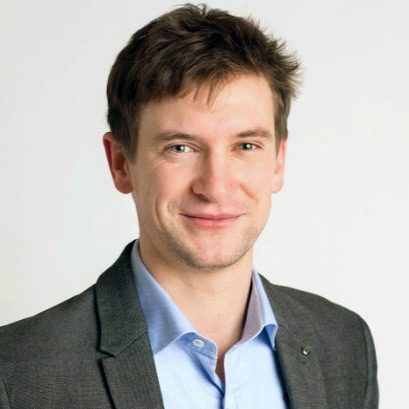
Dr Erwann Lebrun received his BSc in Geology from Blaise Pascal University, France in 2008, an MSc in Economic Geology from the University of Québec in Montréal (UQAM), Canada and from the Earth Sciences Institute of Orléans (ISTO), France in 2010. Subsequently, Erwann moved to Australia to start a PhD which he completed in 2016 His PhD project focused on the 4D evolution of the orogenic gold district of Siguiri, in Guinea (West Africa). This project was funded by AngloGold Ashanti and is part of the West African eXploration Initiative (WAXI). During his PhD, Erwann used a multidisciplinary set of geological tools including structural geology, 3D modelling, geochronology, sedimentology and geochemistry, at the micro-, deposit, district and regional scale to reconstruct the deformation and hydrothermal history of the Siguiri orogenic gold district and the tectonic evolution of the Siguiri Basin, hosting the district. This integrated study permitted the identification of the controls on gold mineralisation in the Siguiri Basin and the development of various targeting criteria for future exploration strategies.
In 2016 Erwann continued his research as a Research Associate at CET. His research interests focused on the magmatism, tectonics and mineralisation of eastern Greenland. Erwann left CCFS/ CET in May 2017, to take the position of Consultant (Structural Geology) at SRK Consulting. His research has contributed to CCFS Flagship Program 2.
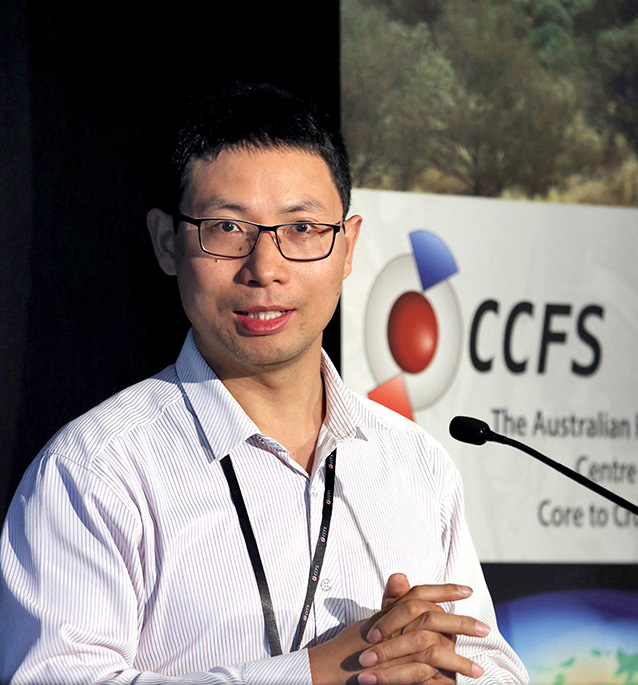
Dr Yongjun Lu is the Senior Geochronologist and Isotope Specialist at the GSWA, an Associate Investigator at CCFS, and an Adjunct Senior Research Fellow at the Centre for Exploration Targeting (CET), UWA. He manages the isotopic program at GSWA such as Pb, Sm-Nd, Lu-Hf and O isotopes, which are used to tackle various scientific questions ranging from imaging the lithospheric architecture through cover to understand crustal evolution and mineral deposit formation. Yongjun is also leading a project at GSWA investigating the zircon chemistry of Archean granites, aimed at unravelling the ore fertility of these ancient granites. He is also investigating the petrology, geochemistry, isotopes and tectonics of the poorly understood Southwest Terrane of the Yilgarn Craton. Through CCFS, Dr Lu has an ongoing collaboration with Chinese Academy of Geological Sciences (CAGS) and China University of Geosciences in Beijing (CUGB) to investigate the porphyry copper systems in the Tibetan plateau and surrounding region. Yongjun serves as reviewer for prestigious international journals such as Nature Geoscience, Geology, Earth-Science Reviews and Economic Geology. See Research highlighs Zircon morphology, isotopes and the magmatic fertility of porphyry Cu-Au deposits, Porphyry Cu fertility in the Tibetan Plateau and Zircon signals mineralisation potential of Archean granites
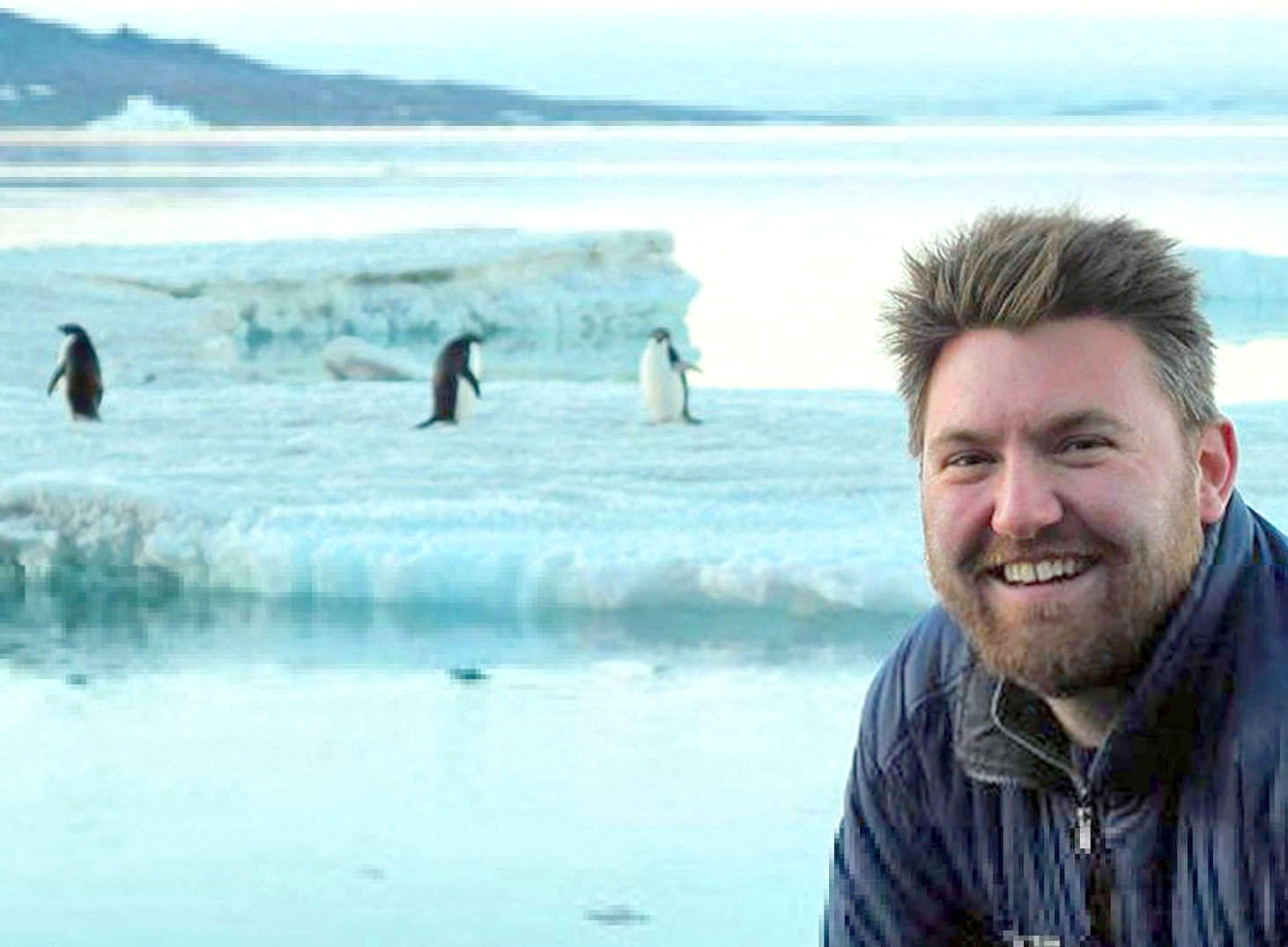
Dr Ross Mitchell is a Research Fellow in the Earth Dynamics Research Group at Curtin University. He completed his PhD in geology and geophysics at Yale University in 2013 on "Supercontinents, the true polar wander, and the paleogeography of the Slave Craton". His interests centre on the supercontinent cycle, which describes not only the suturing and rifting of continents via plate tectonics but also the wholesale organisation of mantle convection patterns, which has consequences for true polar wander. Prior to Pangea, paleomagnetism is the only quantitative method for reconstructing continents. Ross conducts extended paleomagnetic sampling campaigns grounded in field geology. Synthesising newly acquired data with the global paleomagnetic database, he aims to both generate paleogeographic maps for 3 billion years of Earth history and to evaluate how such empirical constraints shape plate tectonic and true polar wander theory. He pairs these studies of ancient supercontinents with detailed magnetostratigraphic profiles of Phanerozoic time and electron- probe analyses of magnetic mineralogy in order to test the limits of paleomagnetism as a paleogeographic method. His research contributes to CCFS Flagship Program 5.
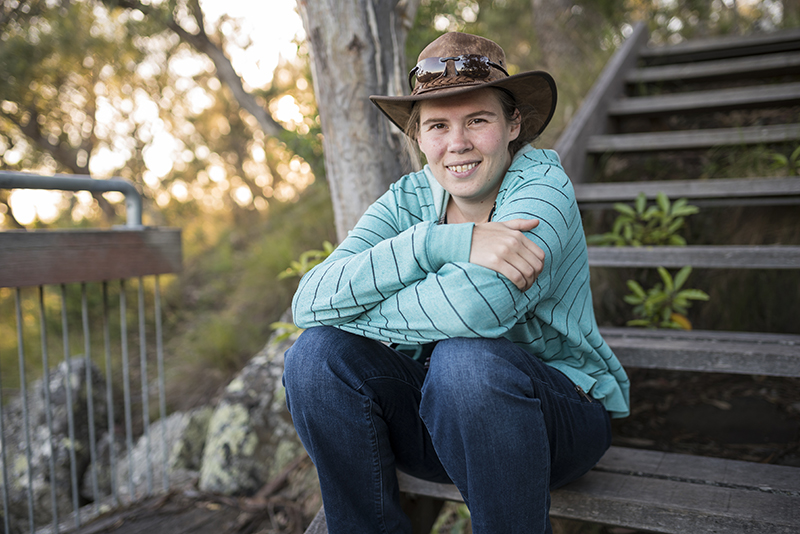
Dr Rosanna Murphy completed her PhD with CCFS/GEMOC in 2015. Her thesis examined the 3.1 Ga Mpuluzi Batholith in South Africa/Swaziland as a case study to understand the processes involved in the creation of ancient continental crust. In December 2015, Rosanna became the manager of the TerraneChron® team at CCFS. This role involves integrating in situ analysis of U-Pb ages, Hf-isotope, and trace element concentrations in zircons and involves collaboration with a number of industry and geological survey partners. TerraneChron® provides valuable insight into geological mapping and exploration programs worldwide.
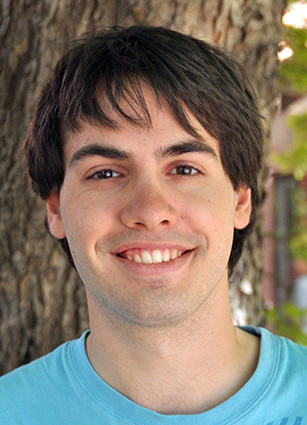
Dr Hugo Olierook completed his undergraduate studies at Curtin University in 2011. He continued at Curtin with a PhD examining the tectonic and stratigraphic evolution of the Western Australian margin. After completing his PhD in 2015, he moved to the University of Liverpool as an NERC postdoctoral associate studying reservoir quality in the United Kingdom and adjacent petroleum domains. In November 2016, Hugo returned to Curtin University and joined CCFS to take up a two-year postdoctoral fellowship as part of the SIEF Distal Footprints project in the Capricorn Orogen of Western Australia. Hugo is using his expertise in geochronology, geochemistry, tectonics and geodynamics to understand the 3 billion year history of the Capricorn Orogen and its mineral endowment.
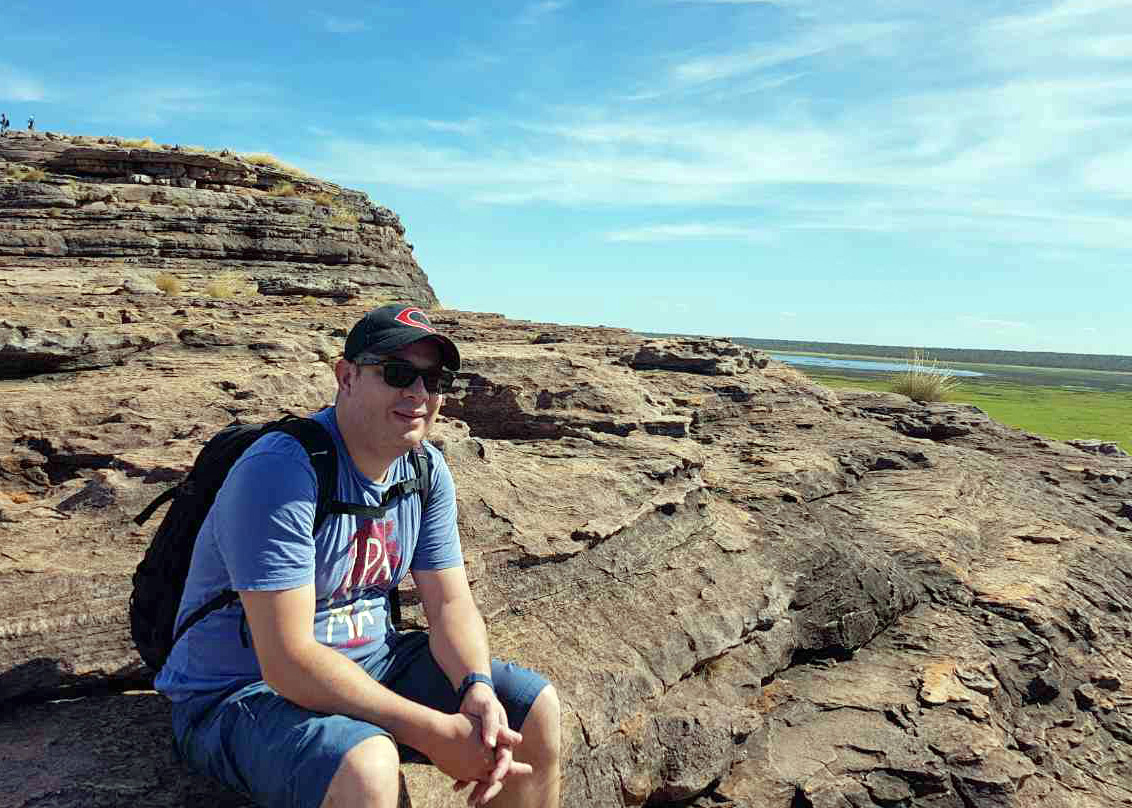
Dr Luis Parra-Avila , from Caracas, Venezuela, earned his Bachelor’s degree in 2007 at the University of Central Missouri, then moved to the state of Illinois to work on his Masters degree, which he earned in 2010 at Southern Illinois University- Carbondale. His Masters thesis involved Co-Ni enriched Mississippi Valley-type deposits in southeast Missouri, and was supported by the “The Doe Run Company”.
After concluding his Masters degree, he continued his education at the CET UWA, where he earned his PhD in 2016. His PhD project focused on establishing the crustal tectonic history of the Paleoproterozoic Domain of the West African Craton across Burkina Faso, Ghana, Mali, Ivory Coast and Guinea and its links to mineral deposits. The project was funded through the ARC linkage program and was part of the AMIRA West Africa Exploration Program (P934A).
In October of 2015, Luis joined CCFS as a post-doctoral research associate with a research focus on evaluating zircon characteristics and the link to porphyry Cu deposits. The project sought to develop new pathfinders to assist with the exploration of porphyry Cu deposits and to understand the difference between fertile and unfertile tectonic environments for such deposits.
In 2017 Luis commenced a new project aimed at unravelling the geologic history of Northern Thailand. This project focuses on the tectonic history (collision and amalgamation) of continental and arc terranes, including closure of ocean basins across the Sukhothai (arc) terrane, Nan Suture zone and western Indochina terrane. It follows and expands on existing work in the Loei- Phetchabun Foldbelt and mid-Triassic intrusive magmatism associated with subduction of Paleotethys seafloor beneath western Indochina. The project is multidisciplinary and will integrate new field-based data collection with state-of-the-art geochronological techniques, as well as geochemical and isotopic fingerprinting, to substantially build on previous petrological and geochemical studies in the region. The results of this study will provide a geologically ‘ Qing commenced his employment as a Research Associate at CCFS, Macquarie University in June 2015. His research focused on the mantle rocks from the representative ophiolites in the Yarlung Zangbo Suture Zone of South Tibet as part of CCFS Flagship Program 1, TARDIS II. He systematically collected ultramafic rock samples from the Kangjinla and Dazhuka ophiolites, to carry out petrochemical and microstructural characterisation of these ophiolitic mantle sections, using petrochemical and Electron Backscattered Diffraction (EBSD). He also worked on the super-reducing mineral assemblages in the Zedang and Kangjinla ophiolites to provide new insights into 1) tectonics of the Neo-Tethyan Ocean between Eurasia and Greater India, 2) mantle recycling processes and unusual interaction between fluids/magmas and mantle rocks in subduction and collision zones, and 3) the genesis of chromitite ore deposits in ophiolites.
In September 2017, Qing moved to China University of Geosciences (Wuhan) to take up a full-time position as a Researcher fellow (Junior Professorship). His current research focuses on the origin and evolution of mantle rocks (including chromitite ores) from ophiolites in the Yarlung Zangbo Suture Zone of South Tibet and the related dynamic processes in the Tethyan regions, part of targets of CCFS Flagship Program 1, TARDIS II. He is also planning to work on the majoritic peridotites in Norway, and to reveal the crust-mantle interaction and mass transfer processes in continental subduction channels.


ECRs and Postdocs at the 2017 CCFS Whole-of Centre Meeting, Cairns (Photo: Will Powell).

 ARC Centre of Excellence for Core to Crust Fluid Systems
ARC Centre of Excellence for Core to Crust Fluid Systems